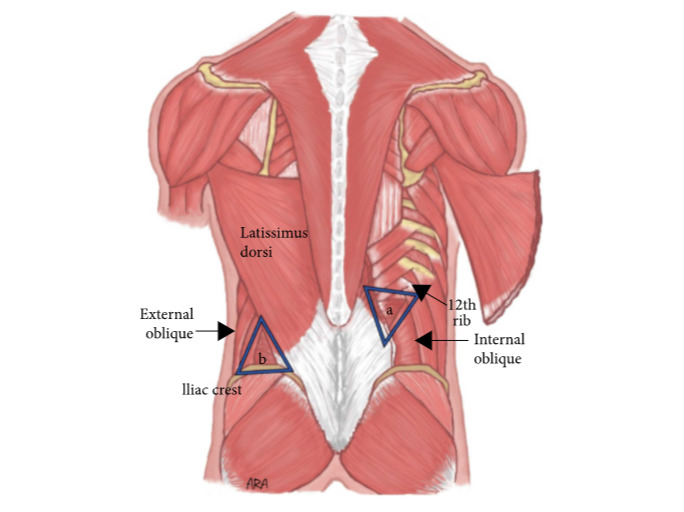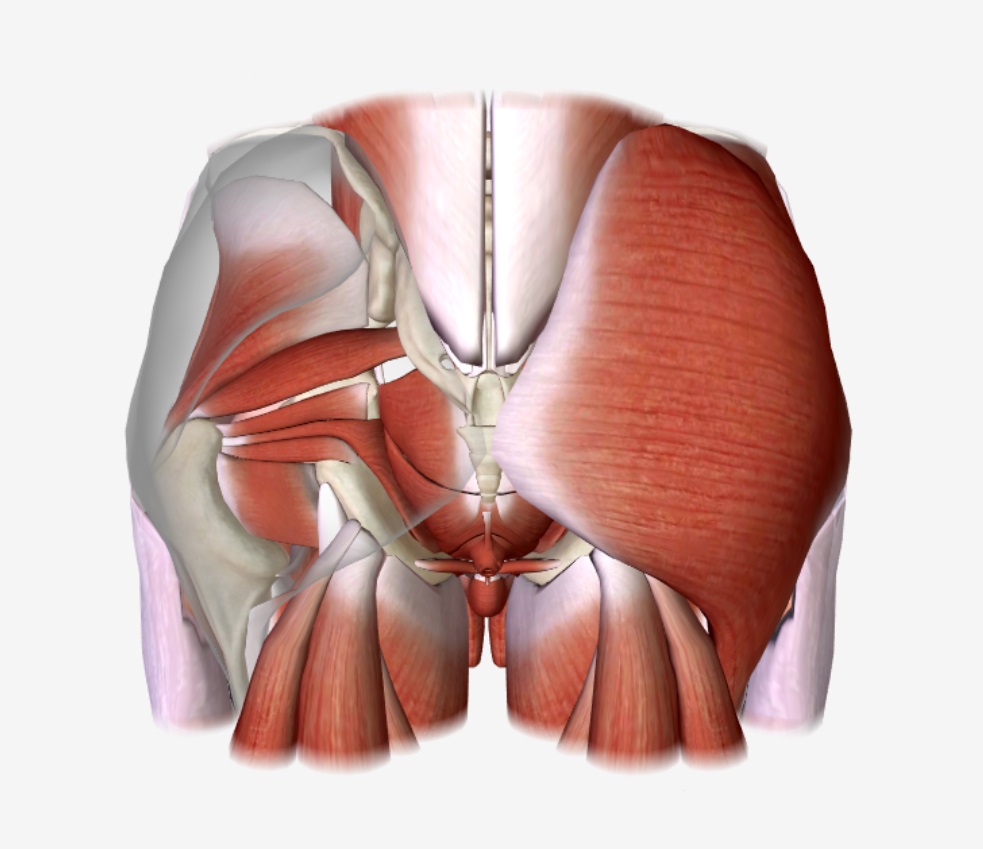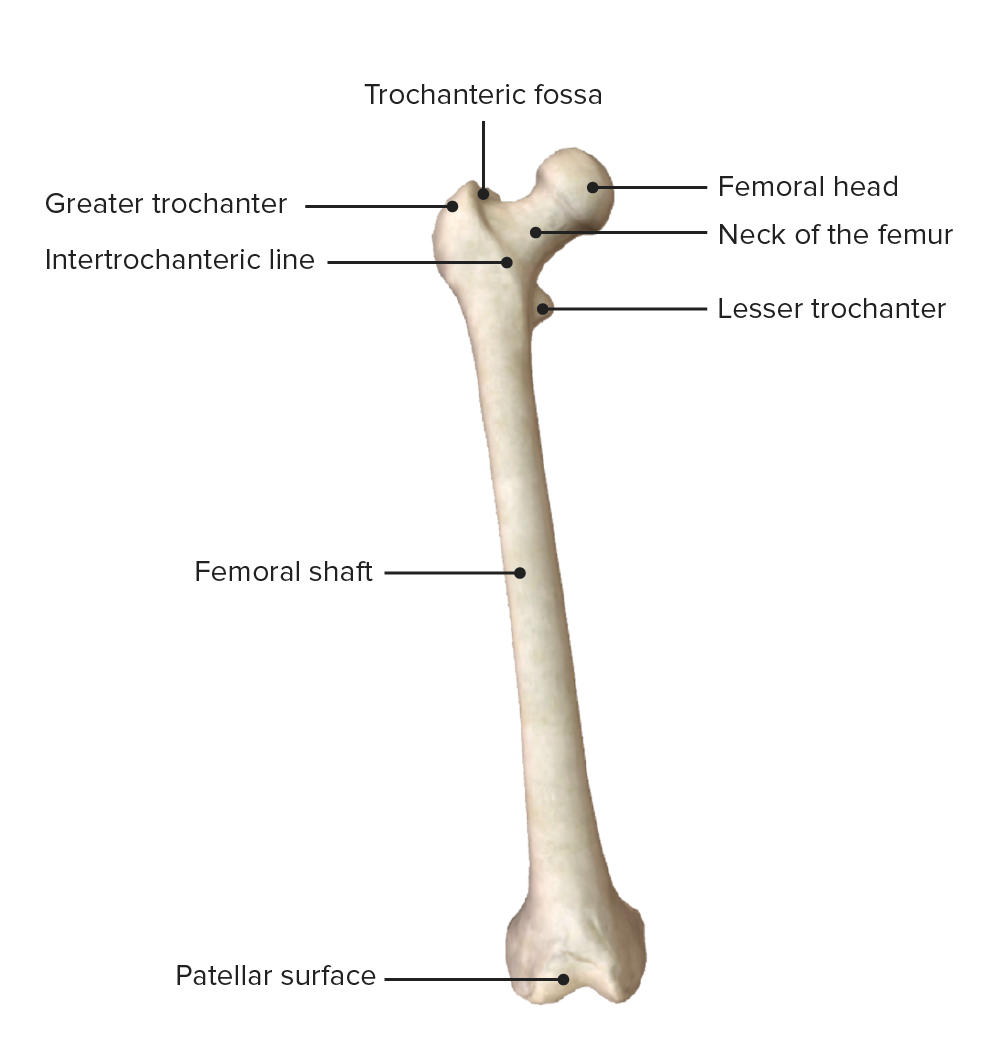Playlist
Show Playlist
Hide Playlist
Sacral and Coccygeal Plexus – Lumbosacral Plexus
-
Slides 03 LowerLimbAnatomy Pickering.pdf
-
Download Lecture Overview
00:00 of the thigh. Now, let’s move on to the sacral and the coccygeal plexi. These two plexi, the sacral and the coccygeal with the sacral really overlapping the coccygeal plexus, coming from L4 all the way down really to the only coccygeal spinal cord segment. 00:20 And the main nerve to come from this plexus is the sciatic nerve. But sciatic nerve is a big nerve. It’s about two centimetres wide. The sciatic nerve comes from L4, L5, S1, S2, and S3. We can see the sciatic nerve here. It’s actually got two parts to it. 00:44 It’s got the common fibular nerve, and it’s got the tibial nerve. These two nerves, although separate, are bound together to form the sciatic nerve. It runs down the posterior aspect of the thigh, and it supplies all the flexors of the knee and all the muscles of the leg and foot. So the sciatic nerve is really, really important. Within it are two nerves: the common fibular and the tibial nerve, and we’ll learn more about their supply later on. 01:15 Here, we can see the tibial nerve and the common fibular nerve. But together, they supply all of the musculature of the lower limb, except the gluteal region, the anterior thigh, and the medial thigh. So the posterior components of the thigh, all of the leg and all of the foot are supplied by the sciatic nerve. Here, we can see from the sacral plexus, we have a pudendal nerve. The pudendal nerve is really important. It’s coming from S2, S3, S4. Here, we can see the pudendal nerve, and that’s supplying all structures in the perineum. So, all of the sphincters in the perineum, all of the erectile tissue of the perineum are supplied by the pudendal nerve: S2, S3, and S4. Also from the sacral plexus, we have the superior gluteal nerve. We can see the superior gluteal nerve here coming from L4, L5, and S1. This supplies gluteus medius, gluteus minimus, and the tensor fasciae latae muscle, the superior gluteal nerve. We have a superior gluteal nerve, which means we’re also going to have an inferior gluteal nerve. And the inferior gluteal nerve specifically supplies gluteus maximus. It comes from L5, S1, S2, and here we can see the inferior gluteal nerve just here. These two nerves, superior and inferior gluteal nerve, pass out to the pelvis via the greater sciatic foramen either side of the piriformis. So, the superior gluteal nerve passes out above piriformis; inferior gluteal nerve passes out inferior to piriformis. 02:58 That brings me to what’s called nerve to piriformis. This is a small nerve that just supplies piriformis. So, nerve to piriformis, S1 and S2. We then have nerve to the other muscles of the lower limb, these lateral rotators which we’ll talk about. Nerve to quadratus femoris, and the superior and inferior gemelli, these are coming from L4, L5, S1, S2; very small nerves that just pass to these muscles. We also have also known as the posterior femoral cutaneous nerve, and this nerve runs alongside the sciatic nerve. It contains cutaneous branches of the buttock and the posterior thigh. It comes from S2 and S3. The sciatic nerve, as
About the Lecture
The lecture Sacral and Coccygeal Plexus – Lumbosacral Plexus by James Pickering, PhD is from the course Lower Limb Anatomy [Archive].
Included Quiz Questions
What is the average anatomical size of the sciatic nerve?
- 2 cm
- 1 cm
- 30 mm
- 10 mm
- 0.2 cm
Which nerve is part of the sacral plexus?
- Pudendal nerve
- Genitofemoral nerve
- Obturator nerve
- Femoral nerve
- Iliohypogastric nerve
Customer reviews
5,0 of 5 stars
| 5 Stars |
|
5 |
| 4 Stars |
|
0 |
| 3 Stars |
|
0 |
| 2 Stars |
|
0 |
| 1 Star |
|
0 |






